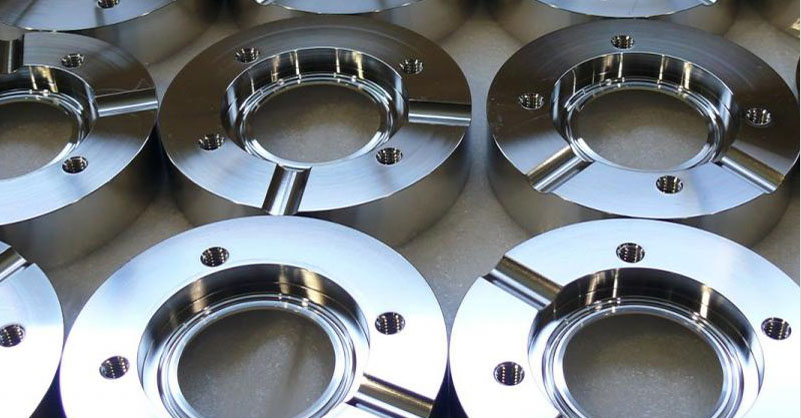Stainless steel is a widely used metal material, and its surface quality has a vital impact on its performance.
So let’s learn about the methods and advantages of grinding stainless steel non-standard parts.
Stainless Steel Non-standard Parts Grinding Method
There are 4 main types of stainless steel non-standard parts processing.
Manual Grinding
Grinding is very troublesome and time-consuming. Hand grinding refers to simple hand grinding, which generally requires the use of tools to assist grinding. Tools use sandpaper, polishing machines, etc., and grind by combining tools and manpower to meet grinding requirements.
Electrochemical Polishing
Electrochemical polishing is also called electrolytic polishing. Electrolytic polishing uses large stainless steel flanges as anodes and insoluble metals as cathodes. Both poles are immersed in the electrolytic cell at the same time, and direct current is energized to produce selective anode dissolution, increase the surface brightness of large stainless steel flanges, and achieve a mirror effect. Environmentally friendly polishing liquid formulas 1 and 2 do not use chromic anhydride and use less phosphoric acid. This formula reduces pollution emissions.
Electrolytic Polishing
Use an acid electrolyte (strong acid), put in the sample, and flow current (about 7mA), and the anode will dissolve. Due to the size of the current, those good things will dissolve faster, the appearance becomes flat, and the grinding effect is achieved.
Principle of electrolytic polishing machine: Same as chemical polishing, by selectively dissolving data, the appearance is slightly raised and the appearance is smooth. Compared with chemical polishing, the influence of cathode echo can be eliminated, and the effect is good.
Mechanical Polishing
The stainless steel plate with a rough appearance must play a decorative role and be bright. In this case, mechanical grinding can also be used. It can be ground to the roller bracket with a belt grinder and slowly ground. The existing coarse sand belt can be ground by gradually dropping the fine sand belt to throw out a bright stainless steel plate. Mechanical grinding is more favorable than electrolytic grinding and is a way to improve the yield rate.
The selection of a suitable polishing method depends on factors such as the characteristics of the workpiece, the surface quality requirements, and the production efficiency. Each method has its unique advantages and applicable scenarios, so in practical applications, it is necessary to select the most suitable polishing method according to the specific situation.

The Benefits Of Grinding Stainless Steel Non-standard Parts.
Improve Surface Quality:
Through mechanical grinding treatment, the surface of stainless steel non-standard parts will be smoother, and the oxide scale on the surface will be removed to achieve higher finish and precision. This treatment method is suitable for occasions with high requirements for size and geometric tolerances.
Enhance Functionality And Appearance:
The treatment of stainless steel surface is crucial to its appearance and enhanced functionality. As a cutting-edge surface treatment process, magnetic grinding is widely used in the field of stainless steel and can significantly improve the appearance and performance of non-standard parts3.
Improve Processing Efficiency:
The use of semi-fixed abrasive processing technology can effectively prevent or reduce the damage caused by large-particle abrasives to the workpiece processing surface, thereby improving the processing surface quality and processing efficiency. Half of the abrasive particles in the grinding tool of this technology are in a fixed state, which can better control the processing process and improve processing efficiency compared with ordinary grinding wheels.
In summary, the benefits of grinding stainless steel non-standard parts include improving surface quality, enhancing functionality and appearance, and improving processing efficiency. These benefits make grinding an important part of stainless steel non-standard parts processing, especially in applications that require high precision and high performance.



